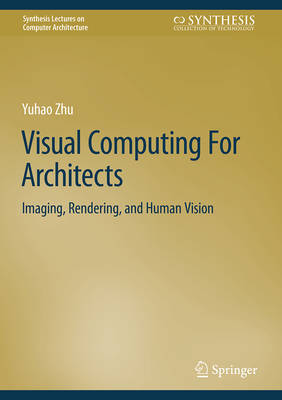
- Afhalen na 1 uur in een winkel met voorraad
- Gratis thuislevering in België vanaf € 30
- Ruim aanbod met 7 miljoen producten
- Afhalen na 1 uur in een winkel met voorraad
- Gratis thuislevering in België vanaf € 30
- Ruim aanbod met 7 miljoen producten
Zoeken
Omschrijving
This book equips computer architects with a foundational understanding of visual computing, preparing them to design next-generation visual computing systems. It presents a unified perspective, viewing visual computing as a sequence of signal transductions across multiple domains, i.e., optical, analog, digital, and semantic, alongside the processing that occurs within each. Any sufficiently complex visual computing system worth examining will likely encompass both transduction and processing across all these domains. The central message is that, to unlock new application capabilities and achieve unprecedented efficiency, computer architects must look beyond the traditional boundaries of architecture and, from the ground up, exploit the interplay between computing, imaging, displays, and human vision in a holistic system.
Specificaties
Betrokkenen
- Auteur(s):
- Uitgeverij:
Inhoud
- Aantal bladzijden:
- 255
- Taal:
- Engels
- Reeks:
Eigenschappen
- Productcode (EAN):
- 9783032050175
- Verschijningsdatum:
- 23/01/2026
- Uitvoering:
- Hardcover
- Formaat:
- Genaaid
- Afmetingen:
- 168 mm x 240 mm

Alleen bij Standaard Boekhandel
+ 198 punten op je klantenkaart van Standaard Boekhandel
Beoordelingen
We publiceren alleen reviews die voldoen aan de voorwaarden voor reviews. Bekijk onze voorwaarden voor reviews.








